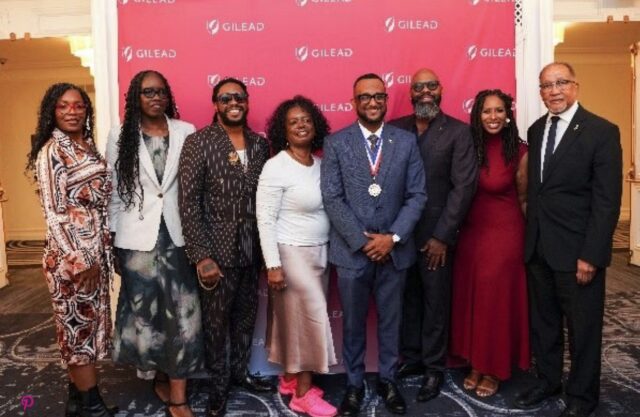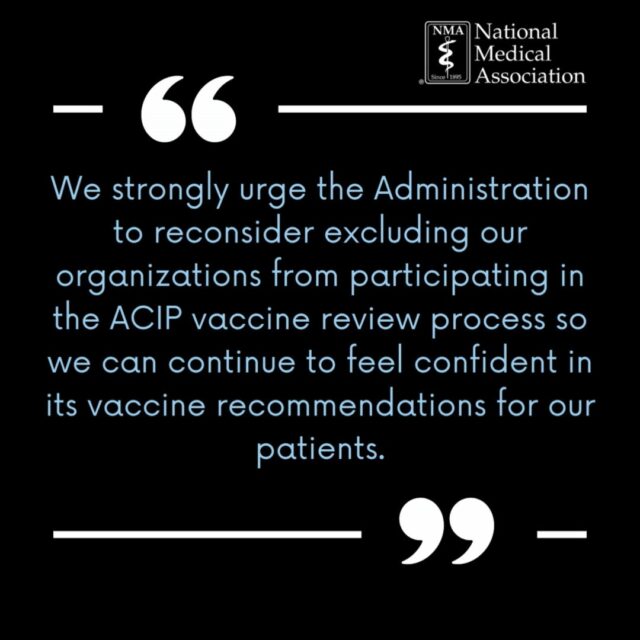“It’s not just my back that hurts. It’s my whole body. People don’t understand that this disease can attack my heart, even my eyes. I could go blind. You might think it’s just pain, but it’s much more.” – Christi Taylor – Gentry
What if one morning, your back and every joint in your body ached so badly that you couldn’t walk or stand? What if you had to live with this chronic inflammatory pain every day for years? It’s difficult to imagine, but it is a painful reality for many. This potentially debilitating, yet relatively unknown, disease is called spondyloarthritis (SpA). It’s more common than Rheumatoid Arthritis, but sometimes undetected, misdiagnosed, and silently hitting the African-American community.
Spondyloarthritis is the name given to a group of closely related rheumatic diseases that primarily affect the spine (spondylo) and other joints. Within the general population, nearly 54 percent of patients go undiagnosed between 7-10 years. Within the African-American community, diagnosis may be shorter than the average. However, the severity of the disease tends to be higher. A research abstract, Ethnicity and disease severity in ankylosing spondylitis a cross-sectional analysis of three ethnic groups published in Clinical Rheumatology in October 2017, indicates that African-Americans with AS had greater functional impairment and more severe disease compared to either Whites or Latinos.
Spondyloarthritis affects more people than Multiple Sclerosis (MS), Rheumatoid Arthritis, and Amyotrophic Lateral Sclerosis (ALS) combined, but it remains a relatively unknown disease amongst most of the general population and even within the medical community.
When Christi Taylor – Gentry, an AS patient and woman of color, first began experiencing AS symptoms, she had no clue about the disease or that she had it.
“I just started getting sick,” said Gentry. “I was having problems sleeping, severe fatigue, body aches and back pain.” Her physician attributed her symptoms to sleep deprivation and depression. Her condition grew worse and eventually forced her to take a 6-month leave of absence from her job as a Special Education teacher.
Since there is no single blood test for ankylosing spondylitis, laboratory work may, or may not, be of help. When Gentry was tested for Rheumatoid Arthritis (RA) factor and antinuclear antibodies, she had a seronegative result. Neither of these tests is expected to be positive in AS. Gentry was also tested for Multiple Sclerosis (MS). When that test also came back negative, she was diagnosed as having fibromyalgia. Gentry’s experience is not uncommon. Fibromyalgia, a disorder characterized by widespread musculoskeletal pain accompanied by fatigue, sleep, memory and mood issues, sometimes becomes the catch-all for patients who are actually suffering from AS.
After the medications for fibromyalgia failed to relieve her symptoms, Gentry was referred to another Rheumatologist. He recognized her AS symptoms right away, but due to insurance issues, it would be several more months before she was officially diagnosed and prescribed Biologic medications.
In the interim, Gentry searched for information on research, treatment options, as well as how common spondylitis is in African-American women. “I couldn’t find any numbers. There wasn’t even a ball park figure of how many African-American women have this disease,” said Gentry. “We’re like an invisible subgroup not recognized by the medical community. If they don’t recognize that I have this disease because it’s thought to only impact white men, how will they ever figure out if medications that work for treating black women might also work for treating the larger group of people with the illness?”
Eventually, Gentry became connected with some members of the SAA staff and support groups. Those early connections were helpful in learning to live with AS. She also began trying to identify and reach other women of color impacted by AS. It proved to be challenging and frustrating. It was important to find others to listen and talk to about living with AS, but the research and information that she was finding pointed to faces that weren’t representative of her as a woman or person of color. So, Gentry formed her own support group, Black Ladies with AS Standing Tall (BLASST). Now at 95 members strong, the ladies rally together to support each other and work to gain the medical community’s attention.
Living with AS presents a host of challenges, and each individual experiences the impact of the disease in a deeply unique and personal way. For Gentry, the disease has taken a financial and emotional toll on her life. “Like many others who suffer from a chronic illness, I became good at hiding it.” But the fatigue and pain caused her to be withdrawn, strained her relationships with family and friends, and disrupted her ability to do simple things that she enjoyed doing like working as a teacher and going to church.
Although passionate and strong, she reflects with sadness about the things that started to slowly slip away. Even as a person of faith, there’s an acknowledgement that her body is still human. Although Gentry was diagnosed at the age of 46, she fears having to see a new Rheumatologist since relocating to another city. “I’m a black woman, and I’m afraid they’ll take my diagnosis away. It’s so much easier to throw me into a different category.” So, for now, she prays for the right medications to sustain her until the healing comes or a cure is found.
To learn more about recognizing the signs and symptoms of Spondyloarthritis or information on research and treatment, visit StopAs.org or call the Spondylitis Association of America at 800-777-8189.
Abstract
Author: Jamalyaria, F., Ward, M.M., Assassi, S. et al. Clin Rheumatol (2017) 36: 2359. Ethnicity and disease severity in ankylosing spondylitis a cross-sectional analysis of three ethnic groups








